 Editor’s note: Eva Coulson serves as the guest blogger on this post. She is a Pharmacy resident specializing in pain and Palliative care. She delighted us for 3 weeks with her infectious enthusiasm…as you will see.
Editor’s note: Eva Coulson serves as the guest blogger on this post. She is a Pharmacy resident specializing in pain and Palliative care. She delighted us for 3 weeks with her infectious enthusiasm…as you will see.

There are so many things, people, ideas, adventures, and observations in India that I could reflect on but the person that I want to write about the most is Sukumari. She is the queen housekeeper of the Pallium India guest residence quarters. I say Queen with the upmost respect because this is a woman who keeps her guest well fed, happy, clean, and feeling like they just stepped into their new home. Whether you are here for 2 weeks or 2 months, she is a lifeline for how to navigate and live as a foreigner in India.
Sukumari and I first met during my jet lag period, awake at 5 am in a new apartment trying to adjust to the culture shock of India. She arrived just after 7am on a Monday morning. I was sitting on the couch, surprised by her arrival. She arrived fully dressed in her beautiful sari, holding a bag full of…something, and immediately noticed me- a new face on the couch. She did not look surprised, and she simply smiled, raised her hand in a half wave, while pointing to herself and said “Sukumari.” I returned the gesture, pointing at myself, I said “ I am Eva.” Her next question was “coffee? Me: YES!” I felt like I made a new best friend.
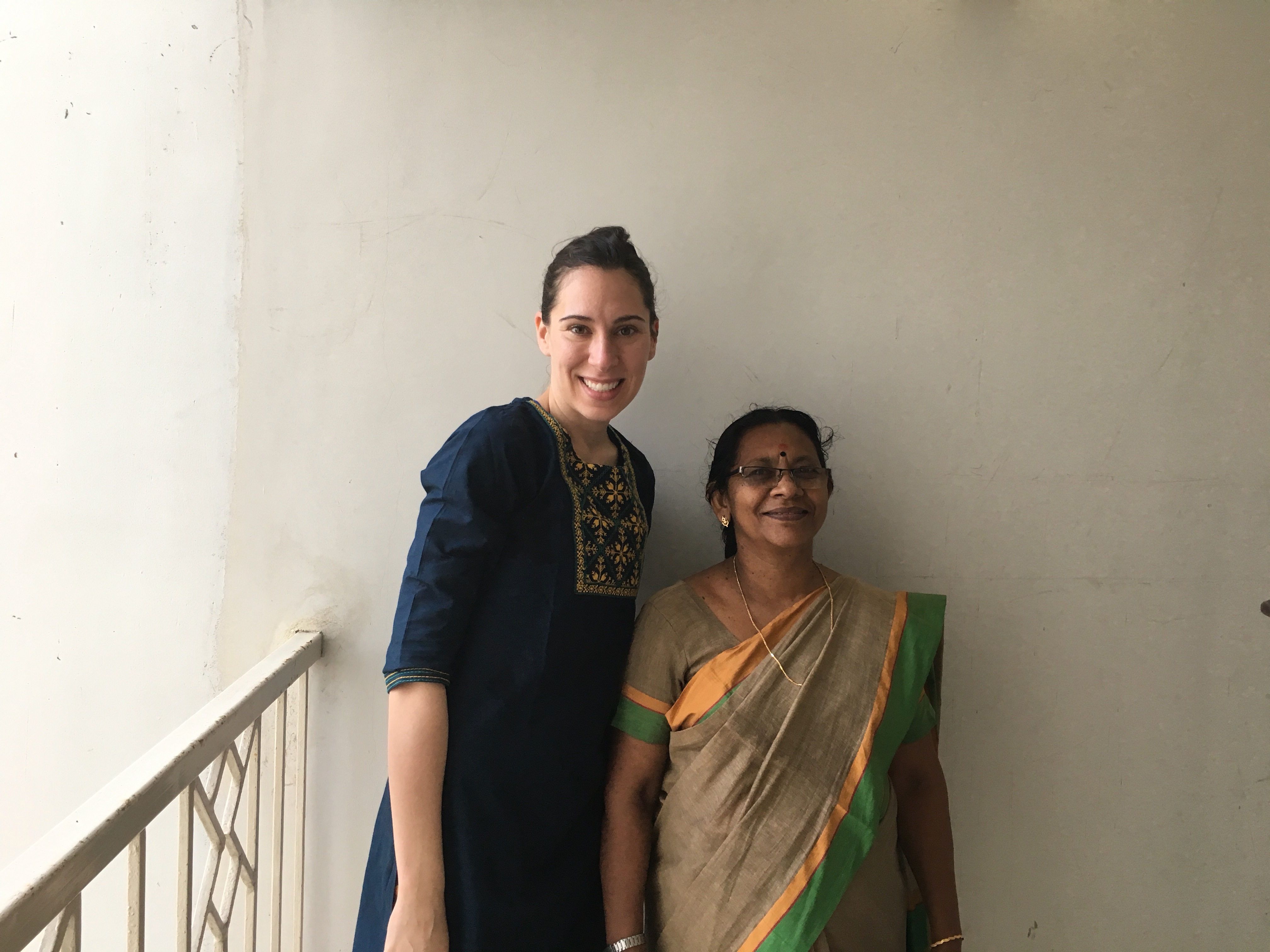
She moved quickly and decisively to the kitchen, and the whole room came to life. I started hearing things move, bang, shuffle, and saw. I peeked my head into the kitchen after a few minutes just to see what was going on and her next question was “sugar?” I nodded my head yes and within seconds: open, scoop, pour, stir, and I had coffee in my hand. It was the magical world of India.
My first training breakfast was an omelet with couscous. My co-residents showed me how to eat with my right hand, and I very clumsily made it through the delicious meal. Sukumari was busy in the kitchen, things always moving and sizzling. Sukumari came out of the kitchen as breakfast, and my second cup of coffee were finishing up. “Lunch?’ “Yes,” my flatmate Delamy said. I went to brush my teeth when I came back, I had a packed lunch and we were out the door, going downstairs to meet the driver at 8:30.
Sukumari arrives at the residency each morning, Monday through Saturday- making coffee, breakfast, lunch, and throughout the day she is busy cleaning, organizing, and creating delicious dinners. This woman is a rockstar. She probably only knows a handful of American-English words but the way she communicates and cares for her visitors is absolutely humbling. She is like an Auntie who has her family members over for sleep overs. She worries about them, learns about what they like, and then pours her energy into making an awesome experience in India memorable and special. She has taught me the names of all her Indian dishes… Poori and Curry, Dosa, Chappathi and vegetable curry, idli and sambhar (stew) and then my favorite appam and stew. This dish involves fresh coconut, when she made it for the house she stands on a SAW, yes a hand saw and grinds up fresh coconut into a bowl. This is so cool!
She made biriyani for dinner one night (it took her all morning) with me watching her every move. She made pancakes –sour dough dosa, and side dishes, this woman can do it all.
Sukumari epitomizes the kindness, hospitality, and warmth that I have experienced at Pallium and all over Kerala on my home visits. It is amazing to see a culture that is not known for hugging, or doting attention, provide such hospitable care through their homemaking talents, and their generosity making food. Sukumari is not a hugger. She would rather not have me in her personal space watching her every cooking move, but she tolerates me and has one of the kindest, giggly laughs I have ever heard. it is wonderful and you can tell she is pleased. A woman of few words, yet she knows I enjoy two scoops of sugar in my coffee and tea, and that I love two cups of coffee every morning. She makes my favorite foods when I ask and everything she puts on the hotplates in the kitchen turns into golden deliciousness.
Sukumari is a woman of grace, endurance, and resiliency. Sukamari, thank you for an unforgettable first trip to India. Pallium India, thank you for your hospitality and acceptance of a new visitor from Iowa. India, thank you for the richness of culture, tradition, and hospitality, including your love of the “selfie”. It has been a great trip!
Sukumari’s Marsala Chai Tea:
3 cups of water
½ tablespoon of tea powder
1 tsp of marsala powder
2 heaps of milk powder
Add sugar to taste
Boil the water on the cooktop, add the tea powder and let boil for 1 minute, then add marsala powder to boiling water and tea powder, and turn off flame. Let steep together for 1 minute and then strain. Add in milk powder and sugar to taste. Enjoy!

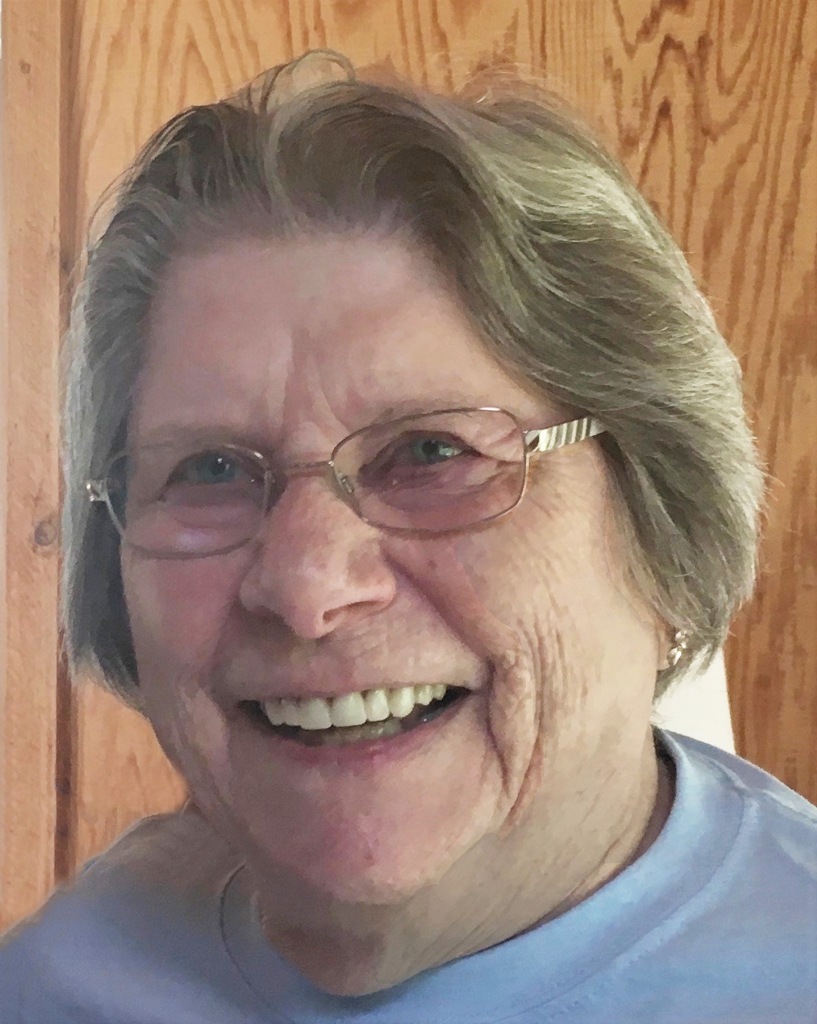

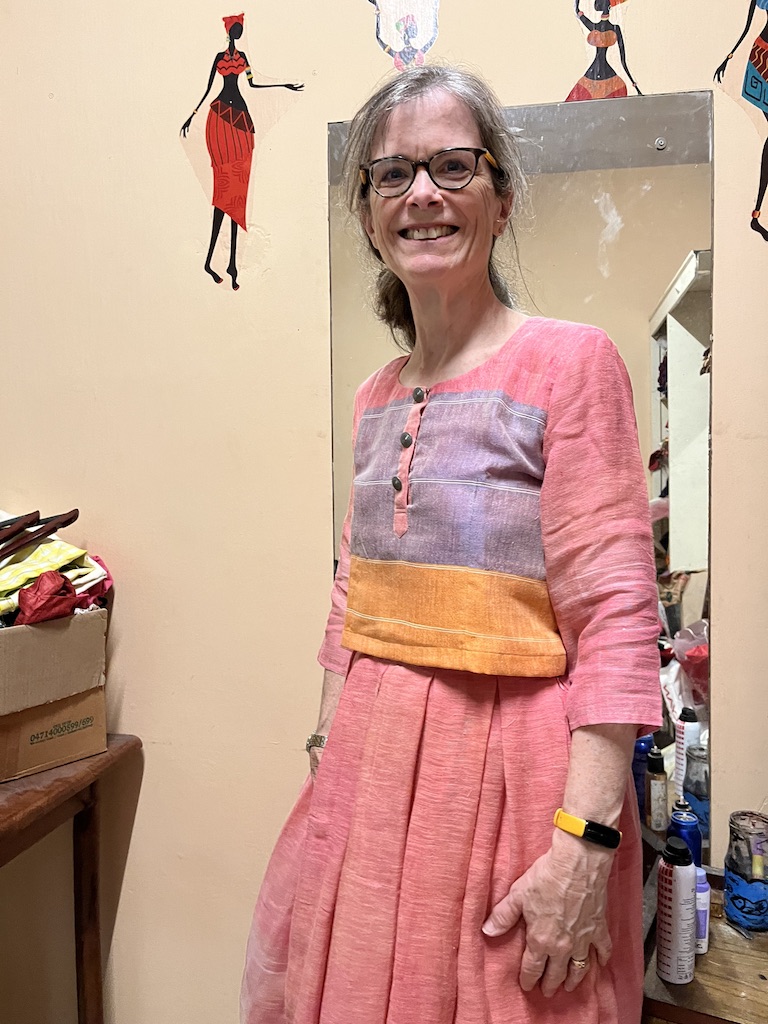

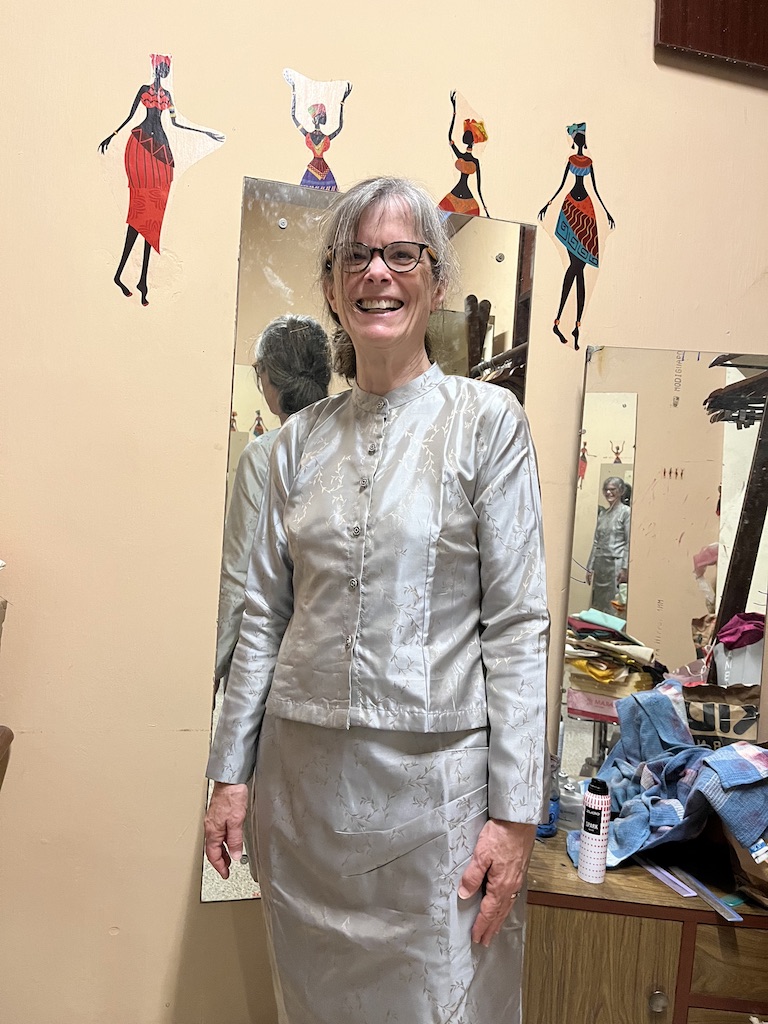


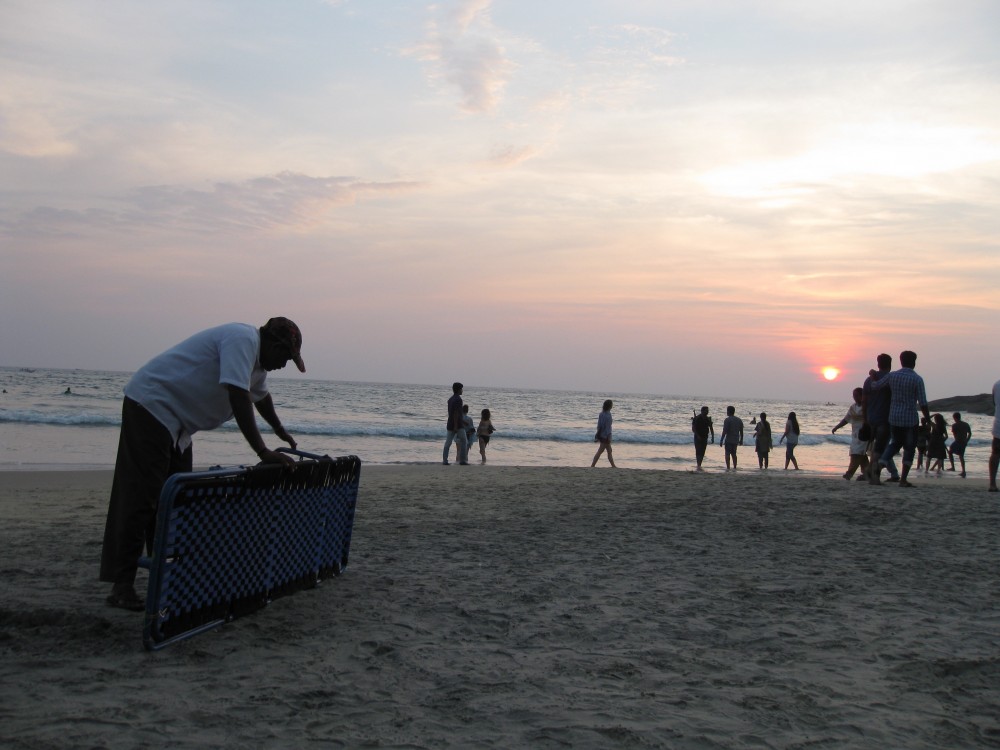






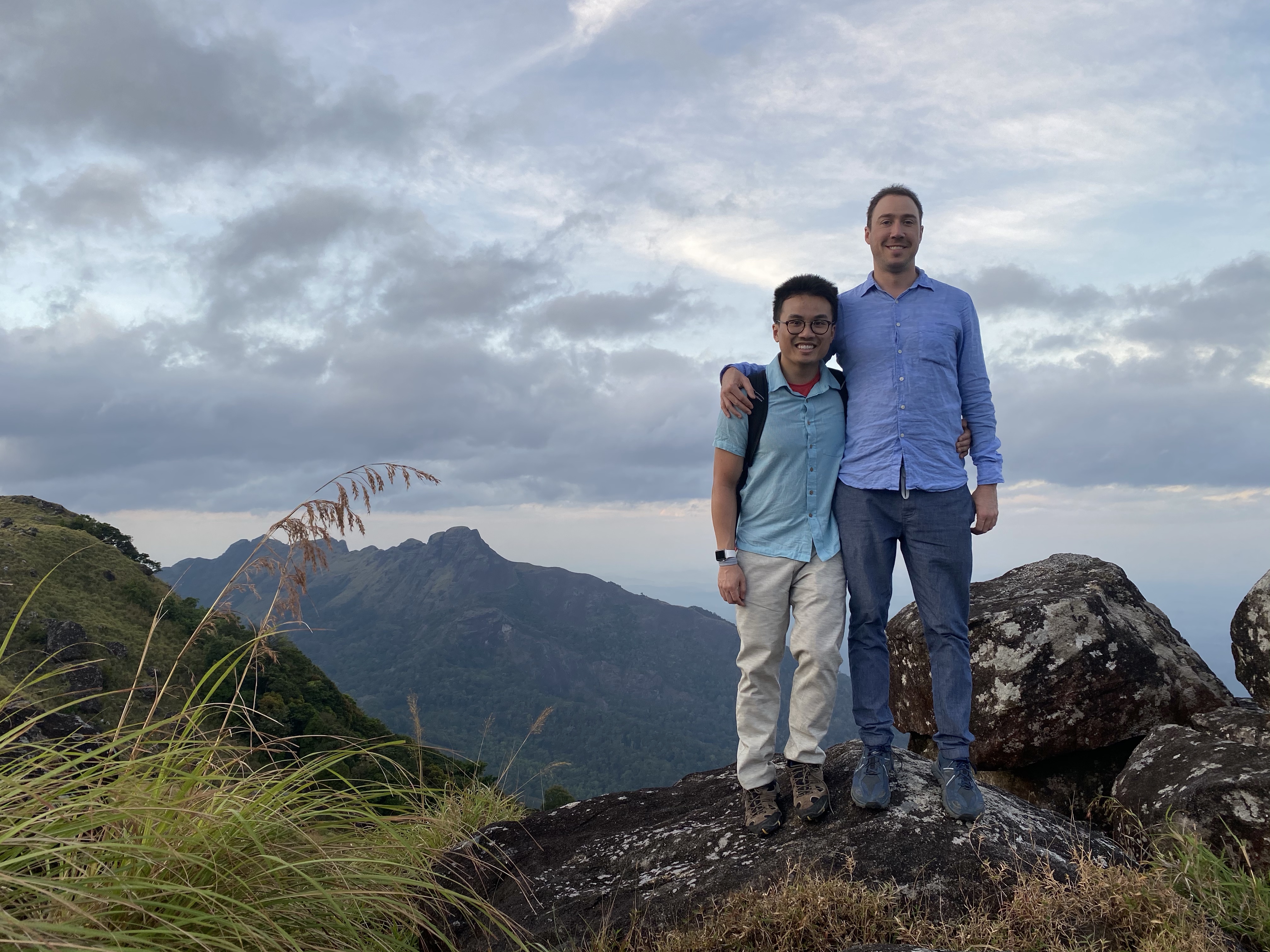
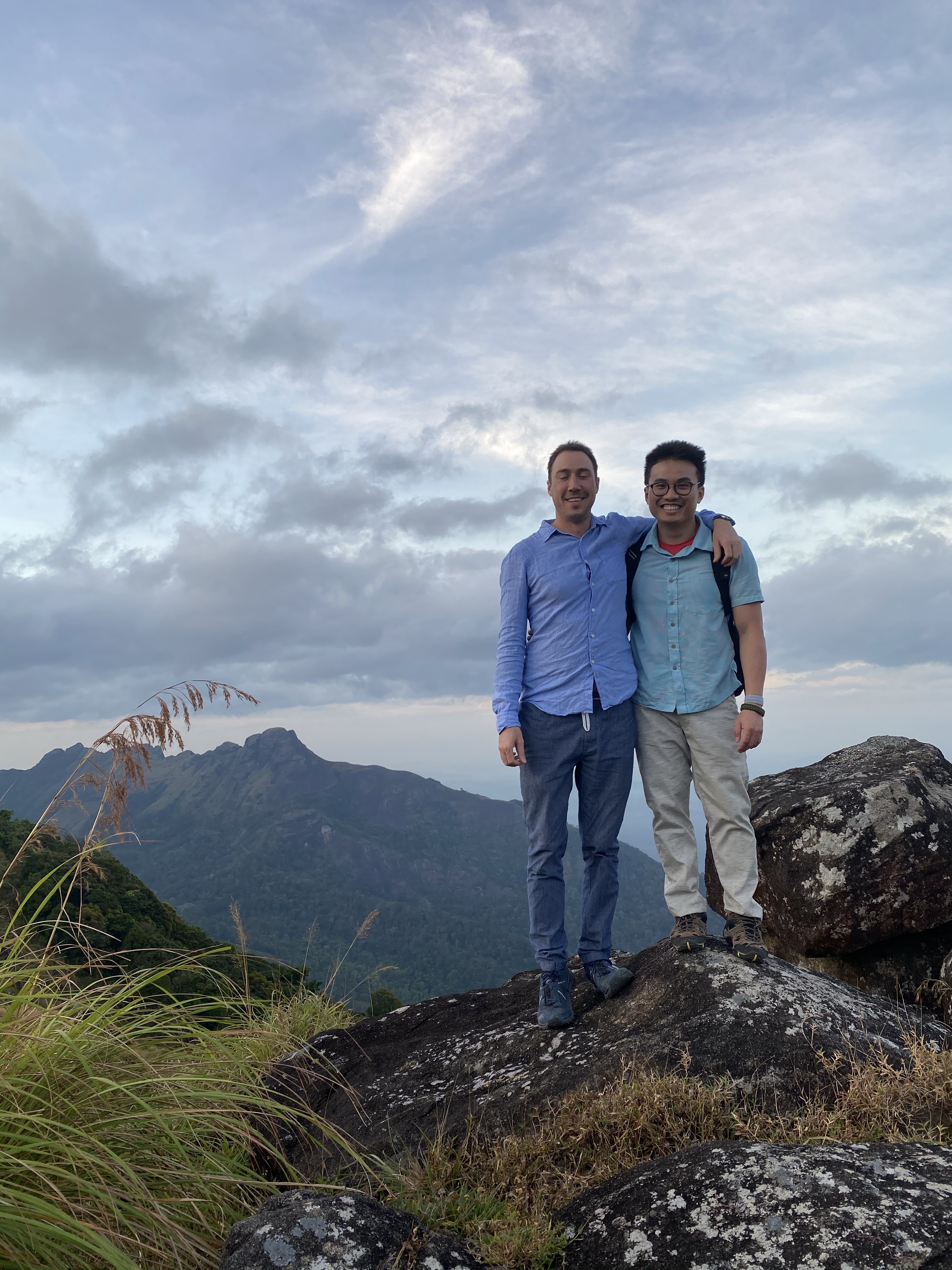

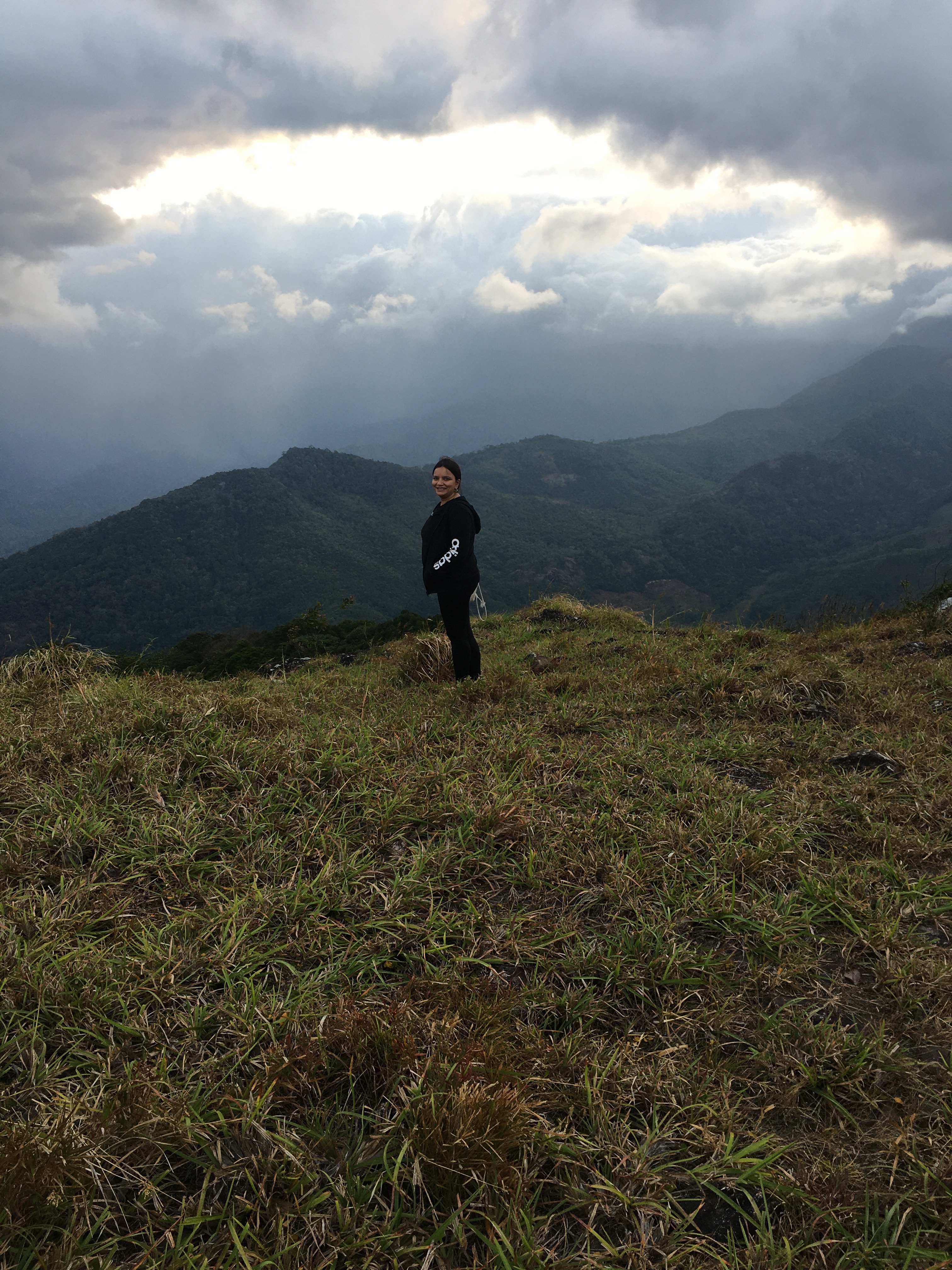

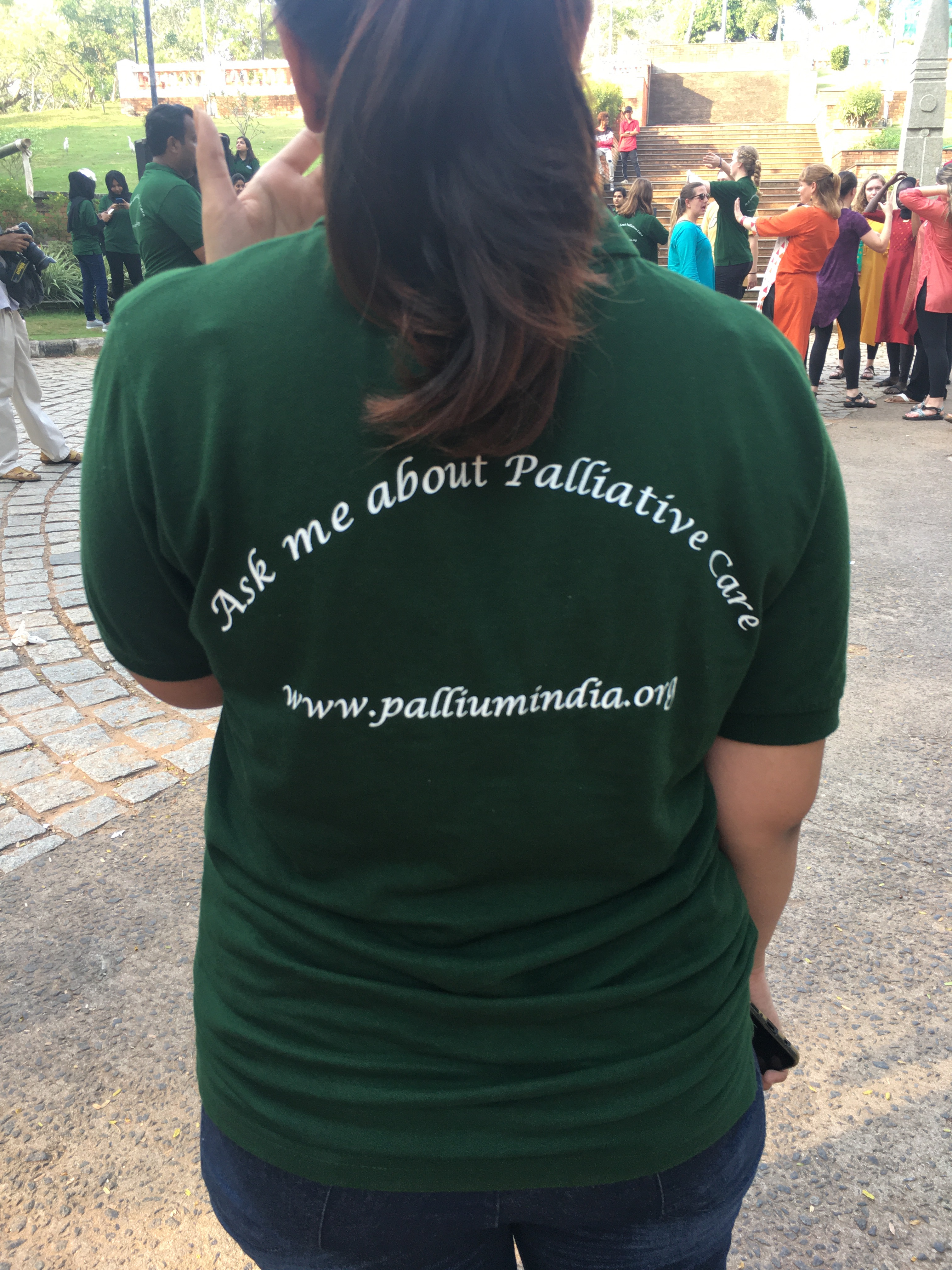

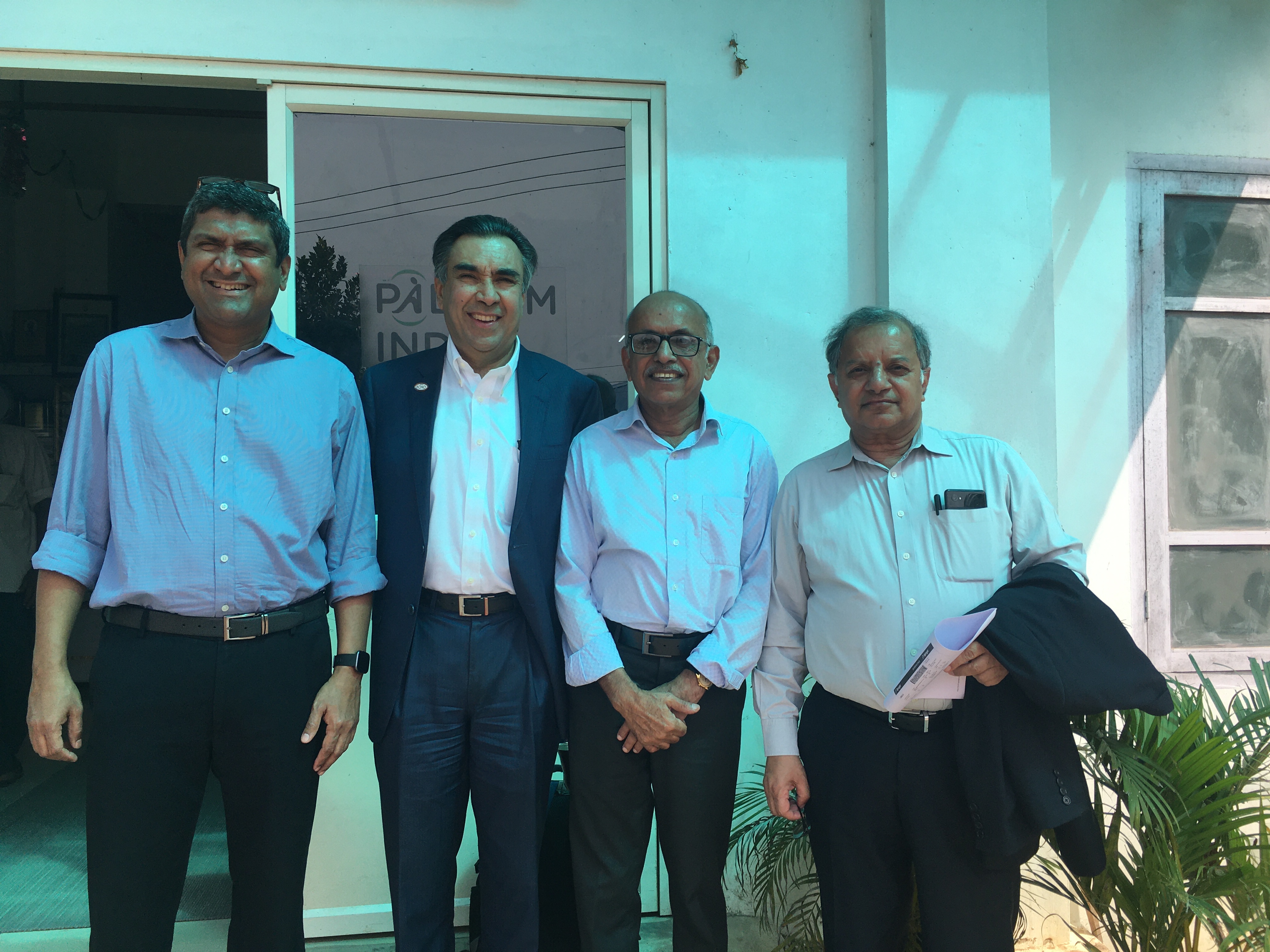
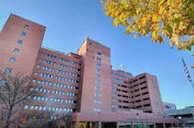

 The concept was simple enough: provide the staff with a measurement of their height, weight, blood pressure, and if they could manage the needle poke, a random blood glucose.
The concept was simple enough: provide the staff with a measurement of their height, weight, blood pressure, and if they could manage the needle poke, a random blood glucose.


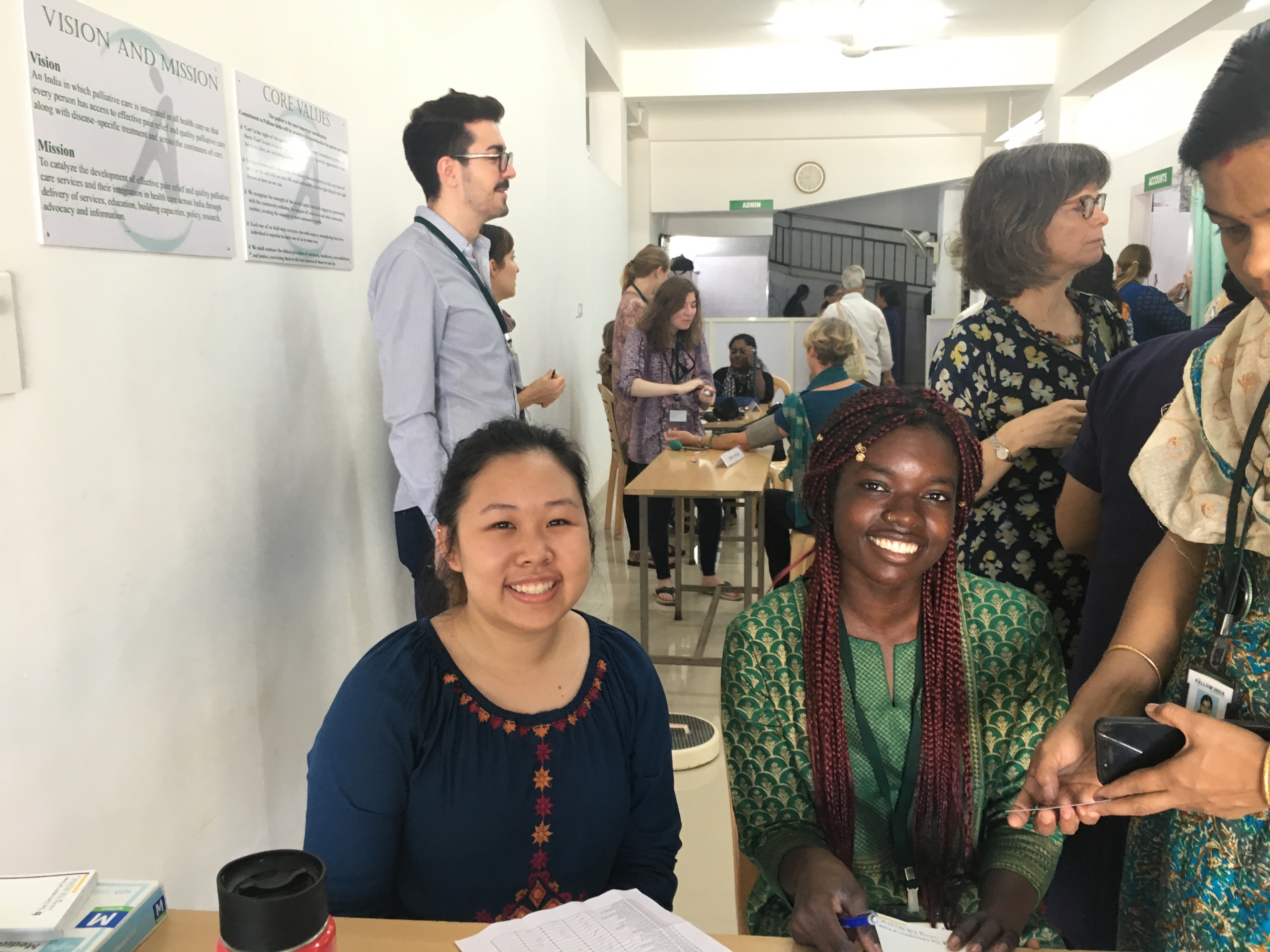


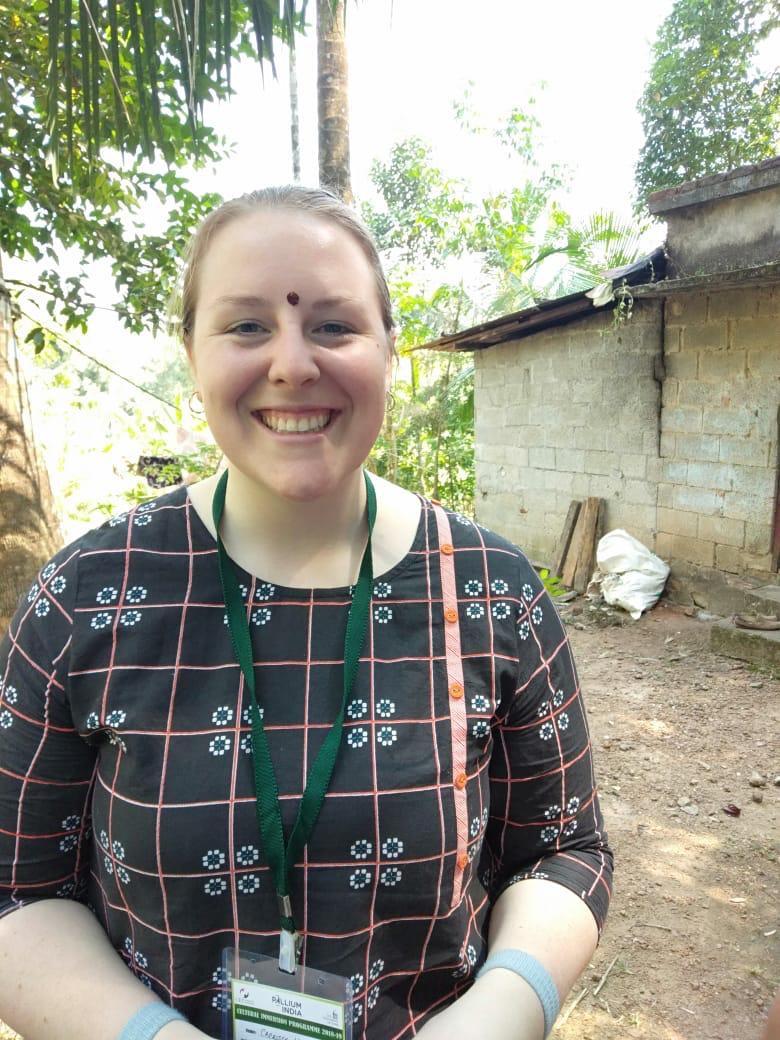 My first home visit was to Palode. My group saw 10 patients with various conditions. There were people with cancer, amputations, stroke sequelae, paraplegia, diabetes, hypertension, and asthma. The age range of the patients were 23-90 years old, and there were 7 men and 3 women.
My first home visit was to Palode. My group saw 10 patients with various conditions. There were people with cancer, amputations, stroke sequelae, paraplegia, diabetes, hypertension, and asthma. The age range of the patients were 23-90 years old, and there were 7 men and 3 women.
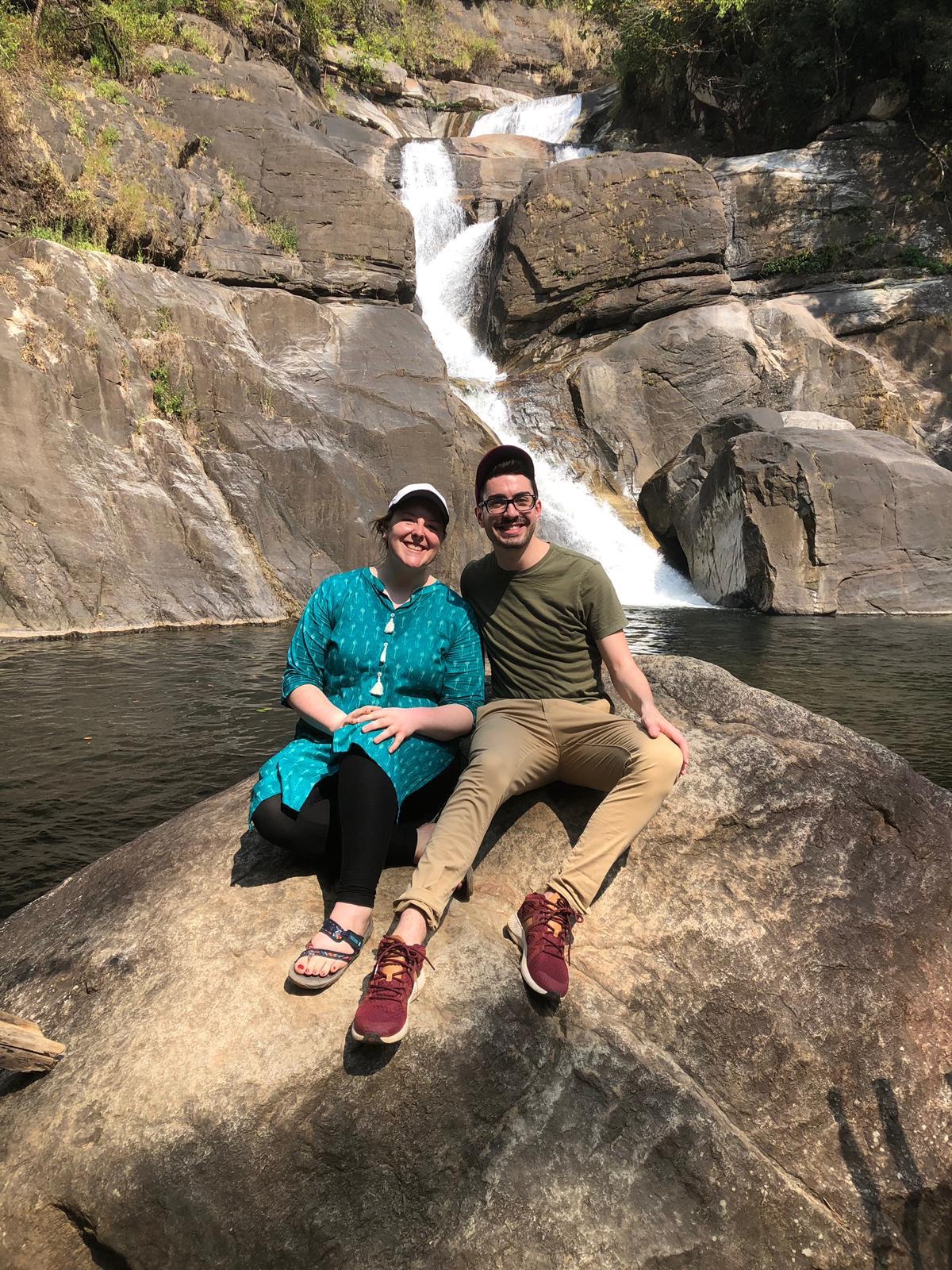


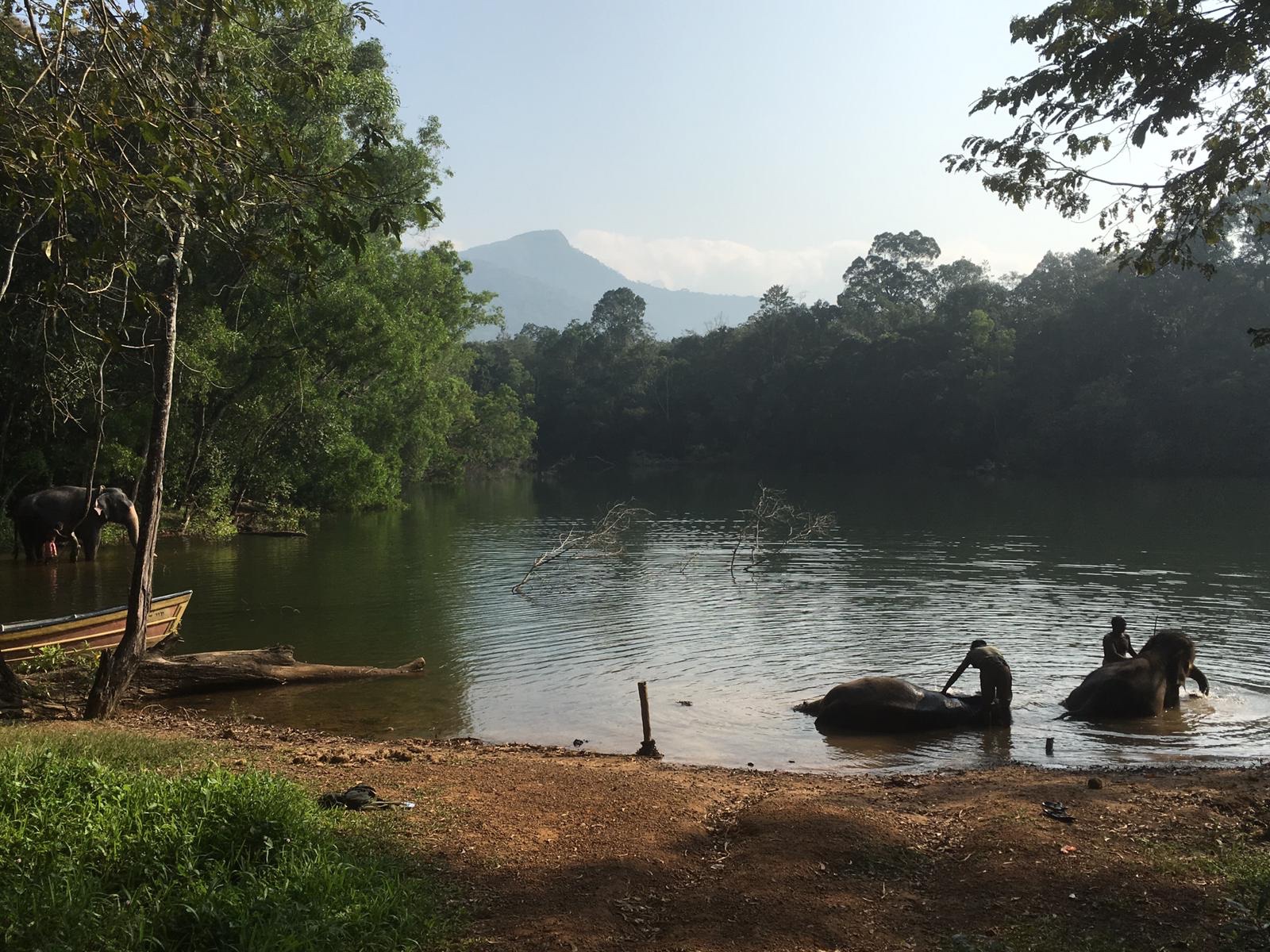


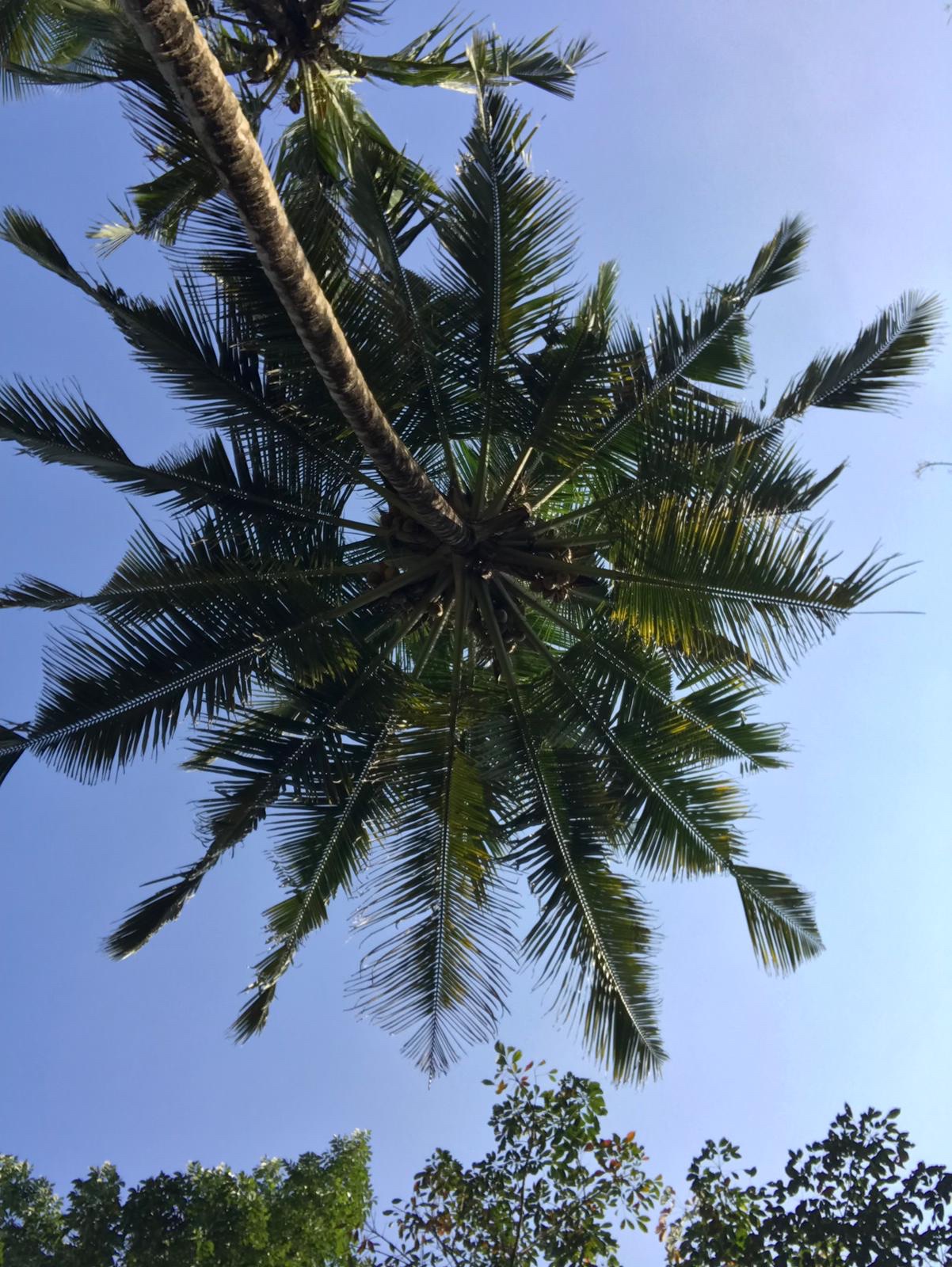



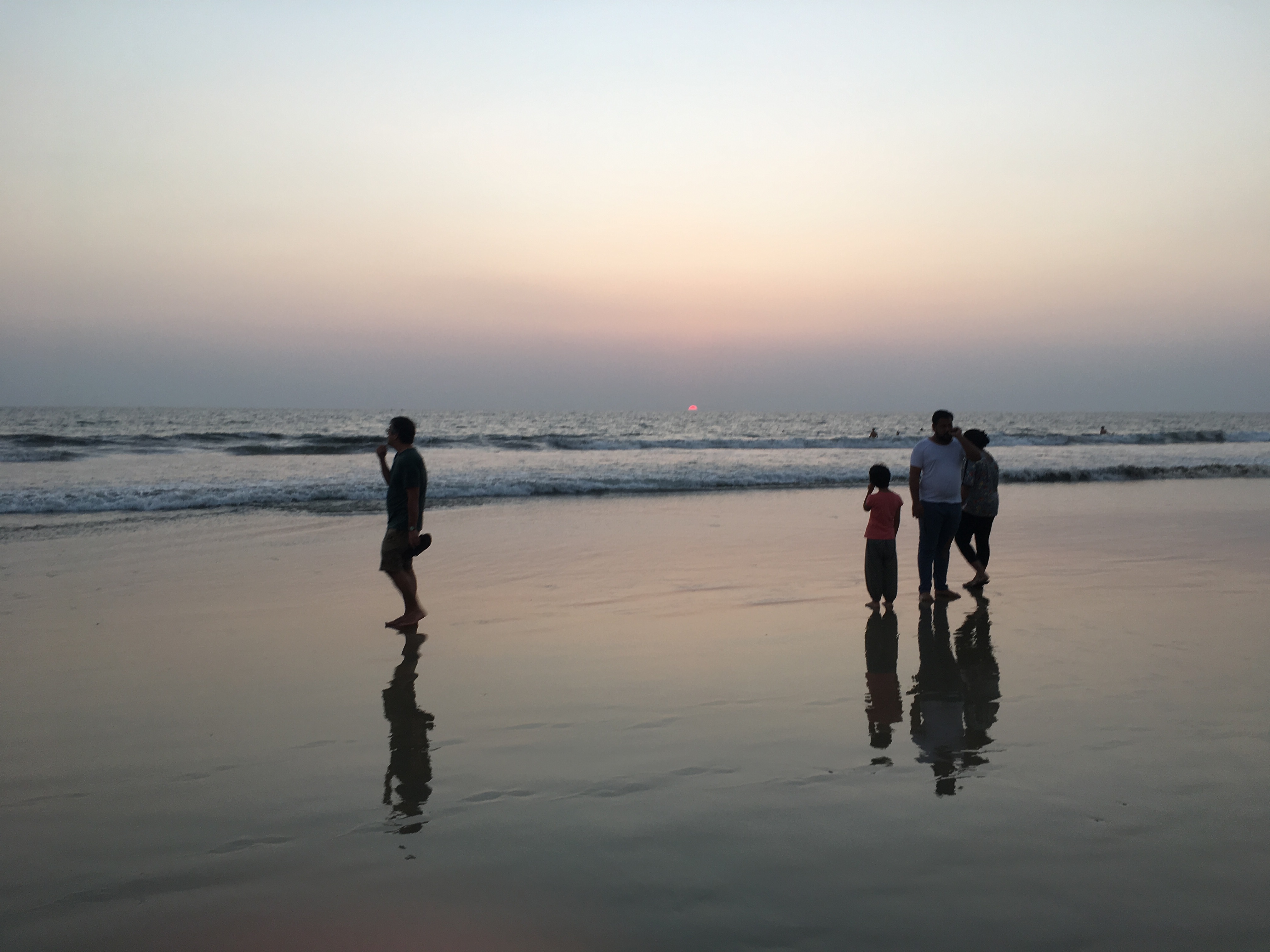


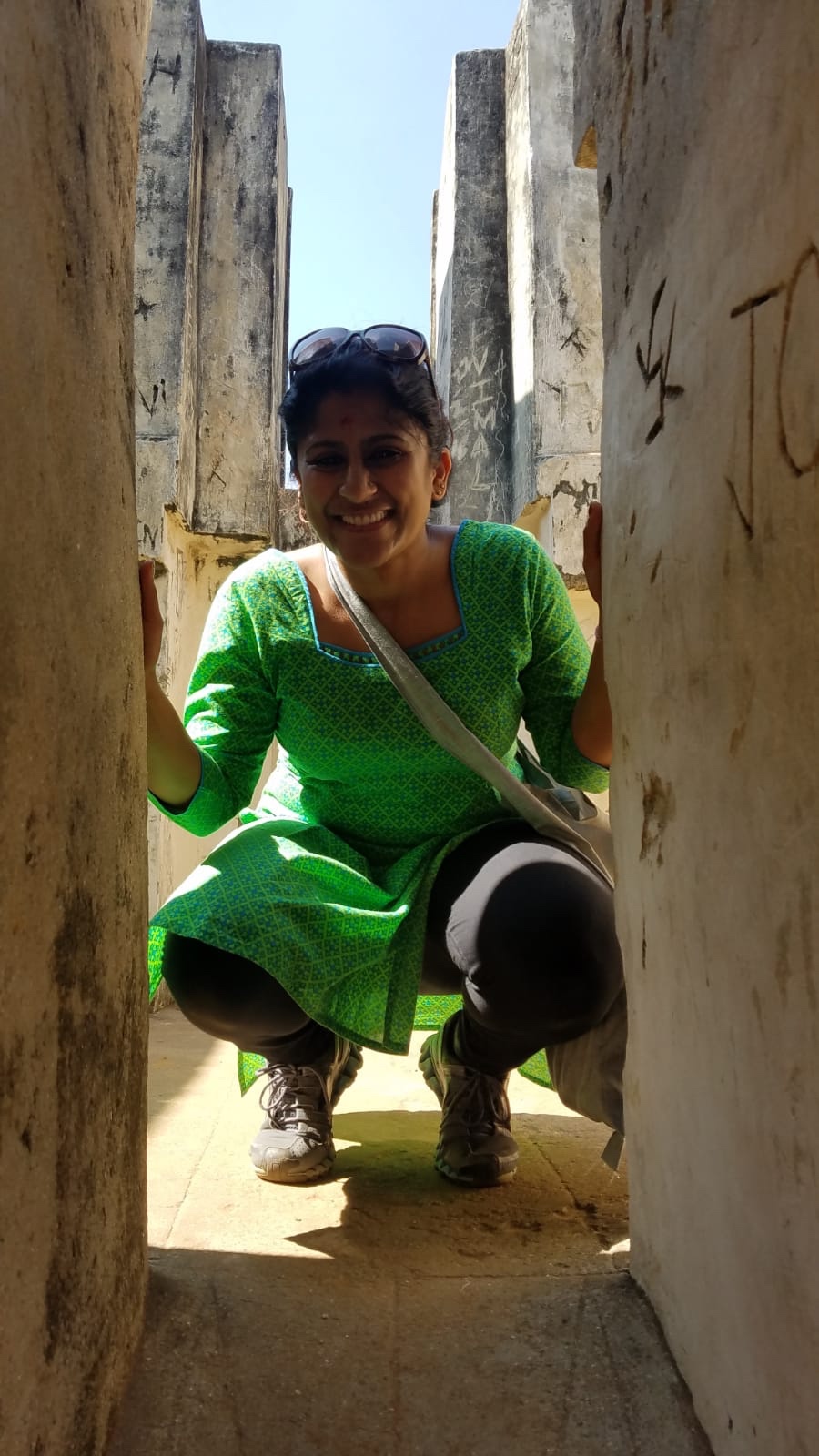




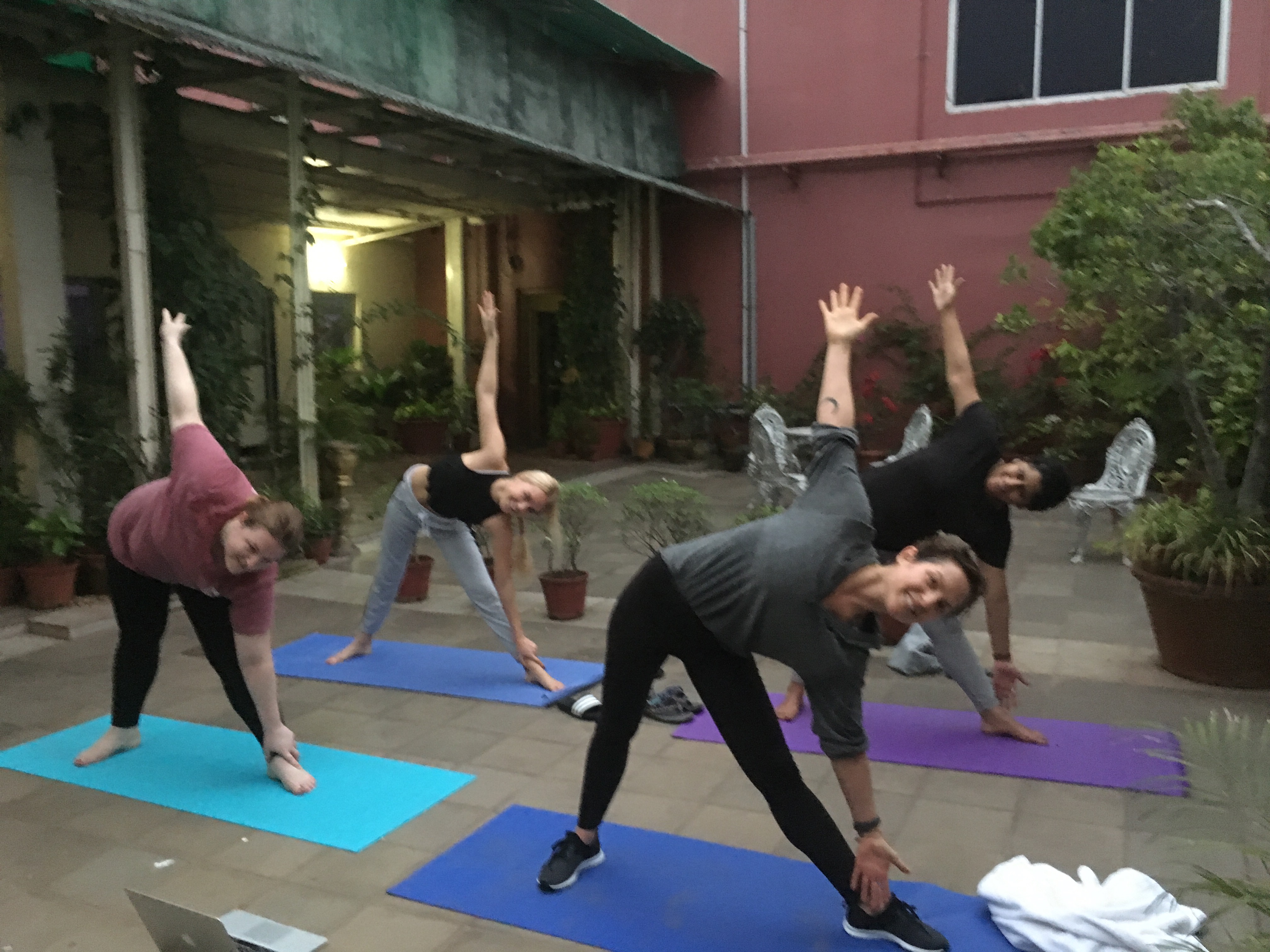

 Editor’s note: Eva Coulson serves as the guest blogger on this post. She is a Pharmacy resident specializing in pain and Palliative care. She delighted us for 3 weeks with her infectious enthusiasm…as you will see.
Editor’s note: Eva Coulson serves as the guest blogger on this post. She is a Pharmacy resident specializing in pain and Palliative care. She delighted us for 3 weeks with her infectious enthusiasm…as you will see.

